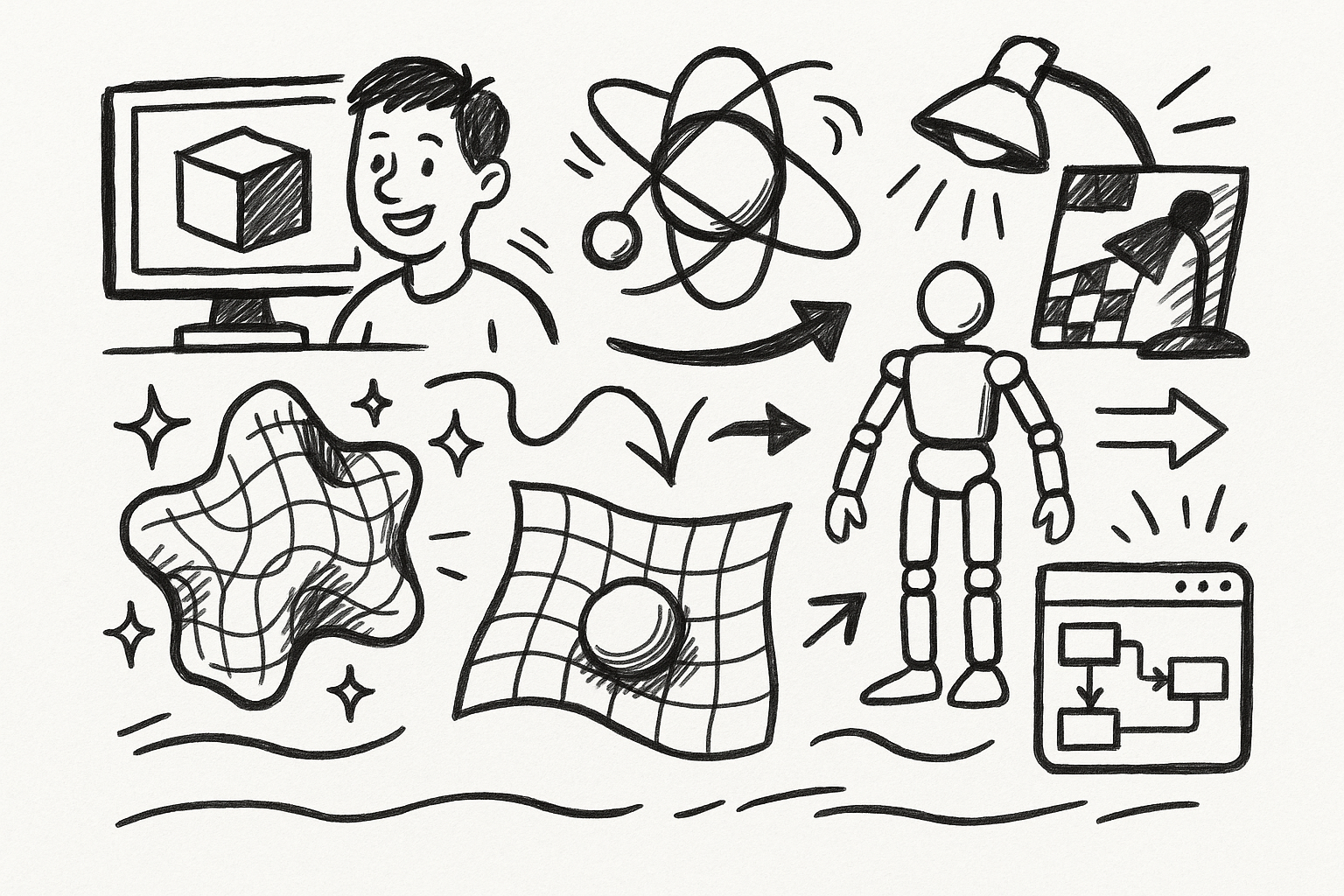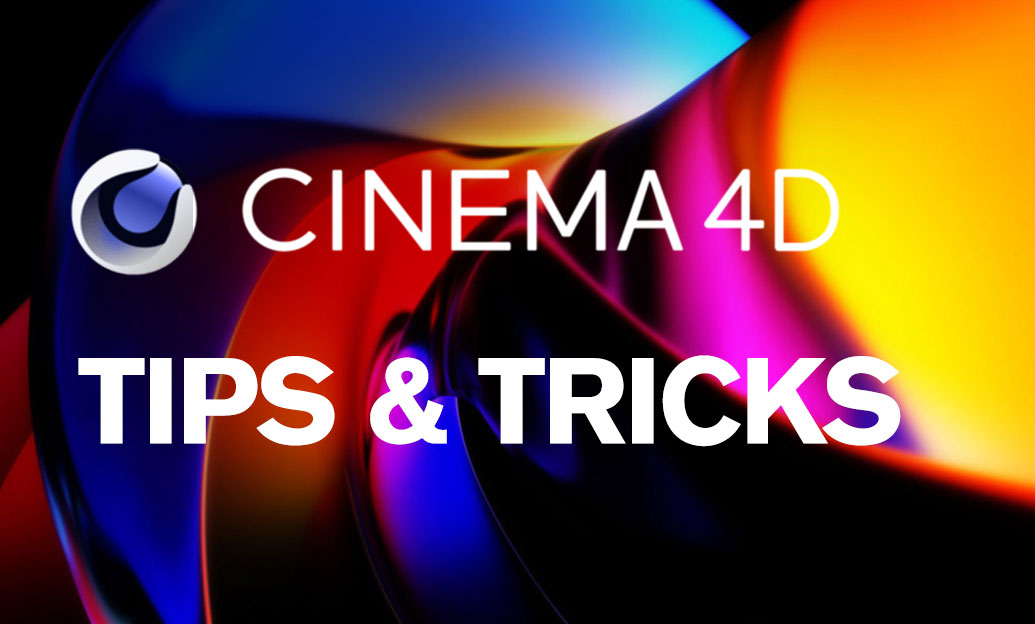Your Cart is Empty
Customer Testimonials
-
"Great customer service. The folks at Novedge were super helpful in navigating a somewhat complicated order including software upgrades and serial numbers in various stages of inactivity. They were friendly and helpful throughout the process.."
Ruben Ruckmark
"Quick & very helpful. We have been using Novedge for years and are very happy with their quick service when we need to make a purchase and excellent support resolving any issues."
Will Woodson
"Scott is the best. He reminds me about subscriptions dates, guides me in the correct direction for updates. He always responds promptly to me. He is literally the reason I continue to work with Novedge and will do so in the future."
Edward Mchugh
"Calvin Lok is “the man”. After my purchase of Sketchup 2021, he called me and provided step-by-step instructions to ease me through difficulties I was having with the setup of my new software."
Mike Borzage
Cinema 4D Tip: Enhance Your Cinema 4D Projects with Expert Camera Animation Techniques
October 16, 2024 2 min read

When it comes to creating compelling animations, camera work plays a crucial role in guiding the viewer's focus and enhancing the narrative. As a Cinema 4D artist, mastering camera animation can elevate your projects to a professional level, allowing you to convey stories with impact and precision. Here are some best practices for camera animation in Cinema 4D that can enhance your workflow and final output:
- Plan Your Shots: Before diving into animation, outline your camera paths and angles. Consider the story you want to tell and how the camera can best serve that narrative. Storyboarding your scenes can help visualize the camera movements and transitions.
- Use Keyframes Wisely: Keyframes are fundamental to animation. Use them to define critical positions of your camera along its path. Ensure the movement between keyframes is smooth and natural, and adjust the interpolation type to achieve the desired motion dynamics.
- Employ the Camera Morph Tag: The Camera Morph tag in Cinema 4D allows for the seamless transition between multiple cameras. This is particularly useful for complex animations where a single camera setup does not suffice. Set up various cameras for different angles and use the Camera Morph tag to blend transitions effortlessly.
- Pay Attention to Timing: The timing of camera movements can significantly affect the perception of a scene. Faster movements can create a sense of urgency or excitement, while slower movements can add drama or tension. Adjust the speed and timing to align with the mood of your scene.
- Utilize Target Tags: When animating a camera, using target tags can help maintain focus on a specific object or area. This technique ensures that the subject remains centered in the frame, even as the camera moves dynamically through the scene.
- Smooth Out Movements: Use the F-Curve Manager to refine camera animations. By adjusting the curves, you can smooth out the transitions and eliminate any abrupt motions that might detract from the viewing experience.
- Experiment with Camera Lenses: Different lenses can dramatically alter the perception of space and depth in your scene. Experiment with wide-angle or telephoto lenses to achieve different visual effects and emphasize particular elements within your composition.
- Render Previews: Before committing to a full render, create low-resolution previews of your camera animations. This allows you to review and make necessary adjustments without the time cost of high-quality renders.
Implementing these best practices will not only improve your camera animations but also enhance the overall storytelling and engagement of your projects. For more insights and expert tips on Cinema 4D, follow @NOVEDGE on social media and check their resources for professional 3D artists.
You can find all the Cinema 4D products on the NOVEDGE web site at this page.
Also in Design News

Revolutionizing 3D Design: Exploring Five Groundbreaking Innovations in Cinema 4D
August 31, 2025 4 min read
Read More
Revolutionizing Telecommunications: The Rise of Advanced Design Software
August 31, 2025 16 min read
Read More
Cinema 4D Tip: Optimizing 2D Matte Integration with Projection Man in Cinema 4D
August 31, 2025 3 min read
Read MoreSubscribe
Sign up to get the latest on sales, new releases and more …


